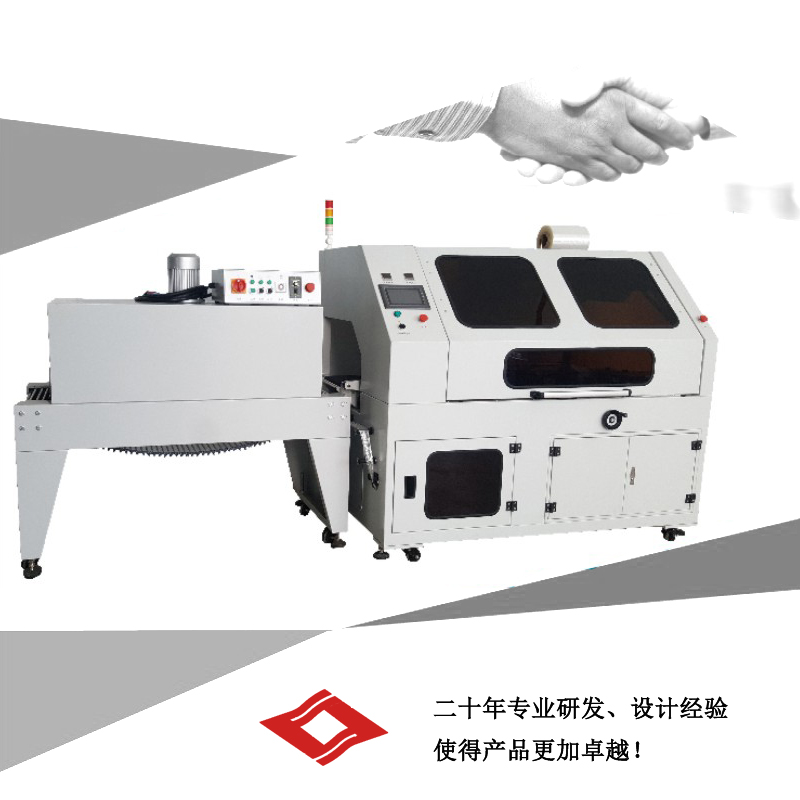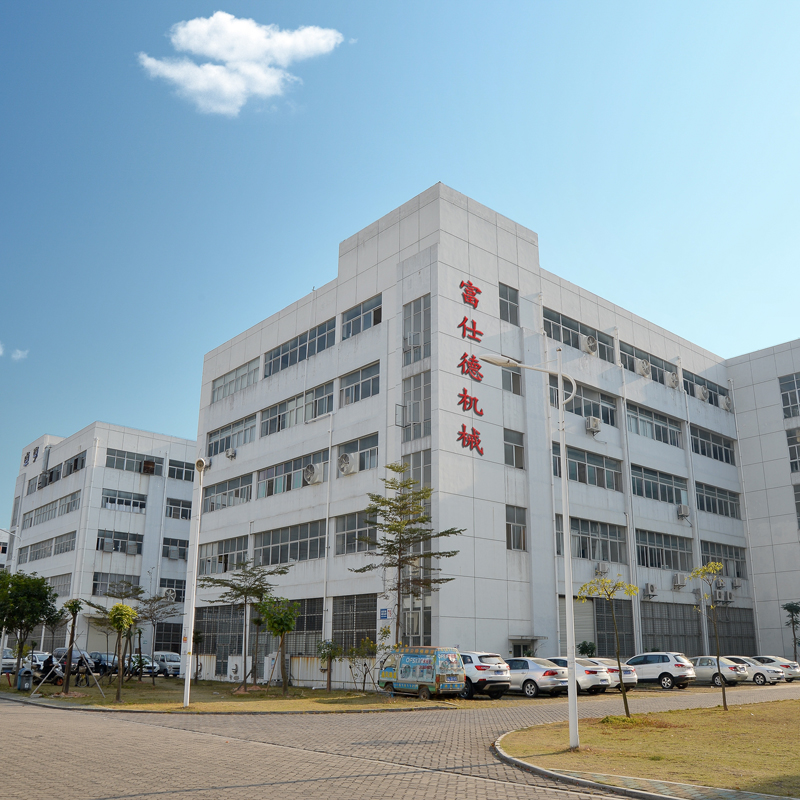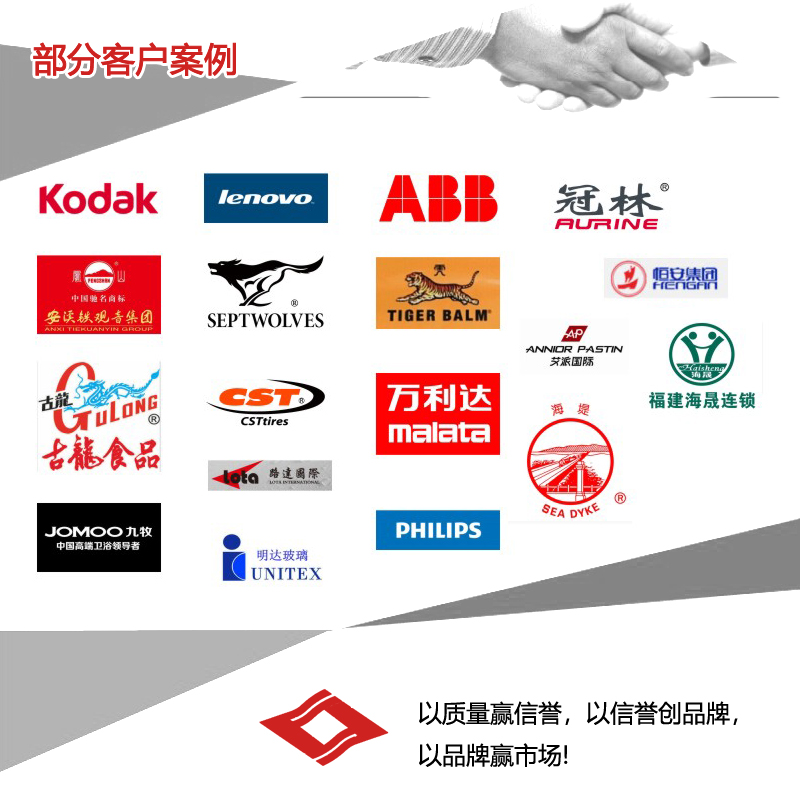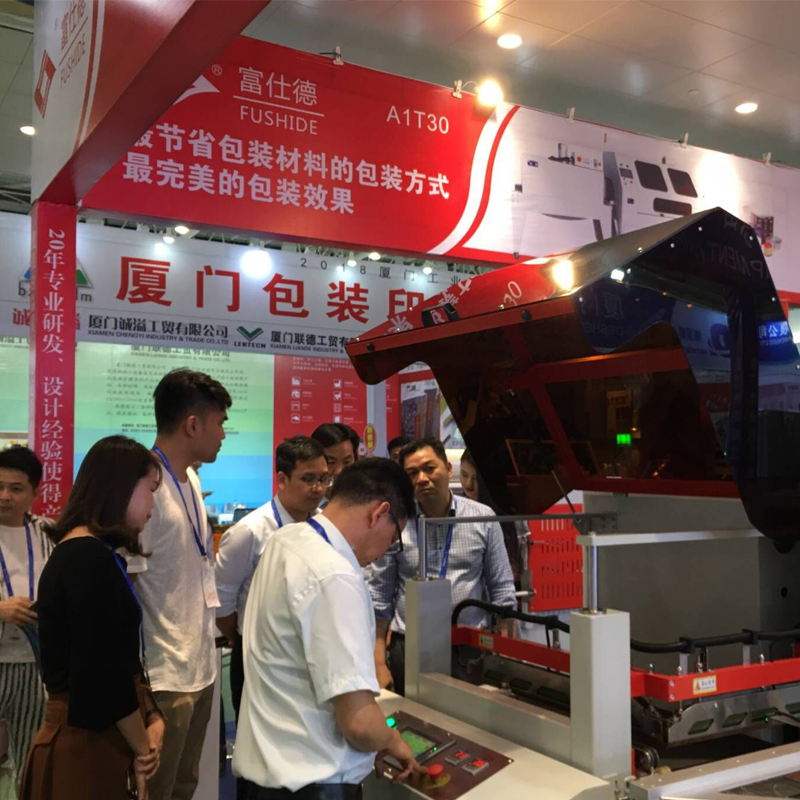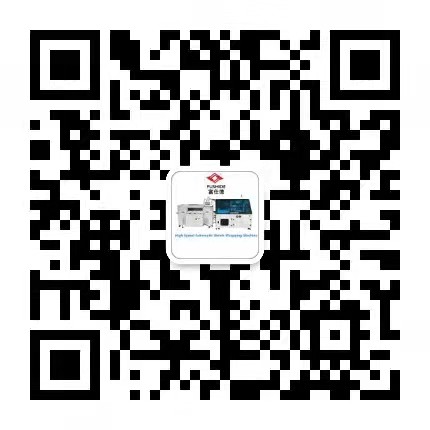News classification>>
The history of automation
The history of the development of automation technology can be roughly divided into three periods: automation technology formation, local automation and comprehensive automation.
The needs of society are the driving force behind the development of automation technology. Automation technology is formed and developed around the needs of production, military equipment control, and the aerospace industry. In 1788, in order to solve the problem of speed control of steam engines proposed in industrial production, J. Watt connected the centrifugal governor with the valves of the steam engine to form a steam engine speed regulation system, making the steam engine a safe and practical power device. Watt's invention pioneered the research and application of automatic adjustment devices. In solving the consequent stability of the automatic adjustment device, the mathematician proposed a criterion for determining the stability of the system, and accumulated experience in designing and using the automatic regulator.
The 1940s was a crucial period for the formation of automation technology and theory. In order to solve the technical problems of artillery control, torpedo navigation and aircraft navigation, a group of scientists gradually formed the analysis and design of a single variable control system. Classical control theory and methods. The development of mechanical, electrical and electronic technologies provides a technical means of production automation. In 1946, D.S. Harder, a mechanical engineer at Ford, USA, first proposed the use of the term automation to describe the automatic operation of the production process. In 1947, the first production automation research department was established. In 1952, J. Diboulder published the first book entitled "Automation", which was named after automation. He believed that "automation is a means of analyzing, organizing and controlling the production process." In fact, automation is the result of using automatic control for the production process. After the 1950s, automatic control began to be promoted as an important means of improving productivity. Its application in mechanical manufacturing forms the automation of mechanical manufacturing; it is applied in continuous production processes such as petroleum, chemical, metallurgy, etc., and controls and manages large-scale production equipment to form process automation. The promotion and application of electronic computers, combined with automatic control and information processing, has led to the automation of business management.
From the late 1950s to the early 1960s, a large number of engineering practices, especially the development of aerospace technology, involved a large number of optimal control problems of multi-input and multi-output systems. It was difficult to solve with classical control theory, so the maximum value was generated. Principles, dynamic programming and state space methods are the core modern control theories. Modern control theory provides a means of controlling the launch of the first artificial satellite, ensuring the implementation of several subsequent space plans (such as missile guidance and spacecraft control). From the past, the control worker considers the input-output relationship of the control system based on the transfer function only, and transitions to the state space structure to consider the internal structure of the system. It is a leap for the control workers to understand the law of the control system.
After the mid-1960s, the application of modern control theory in automation, especially in the aerospace field. Generate some new control methods and structures, such as adaptive and stochastic control, system identification, differential countermeasures, distributed parameter systems, and so on. At the same time, pattern recognition and artificial intelligence have also developed, and intelligent robots and expert systems have emerged. The modern control theory and the application of electronic computers in industrial production make the production process control and management develop optimally.
In the mid-1970s, automation applications began to target large-scale, complex systems, such as large power systems, transportation systems, steel conglomerates, national economic systems, etc., which required not only optimal control and management of existing systems, but also To optimize the planning and design of the future system, the use of modern control theory methods can not achieve the desired results, so the emergence of large system theory and methods. In the early 1980s, with the rapid development of computer networks, management automation has made great progress, and management information systems, office automation, and decision support systems have emerged. At the same time, humans began to use new technologies and methods such as sensing technology, communication technology, computer, system control and artificial intelligence to solve the factory automation, office automation, medical automation, agricultural automation and various complex societies. Economic issues. Advanced automation systems such as flexible manufacturing systems, decision support systems, intelligent robots and expert systems have been developed.
The history of automation technology is a history of human beings extending and expanding organ function with their own ingenuity. Automation is the crystallization of modern science and technology and modern industry. Its development fully reflects the comprehensive role of science and technology.


